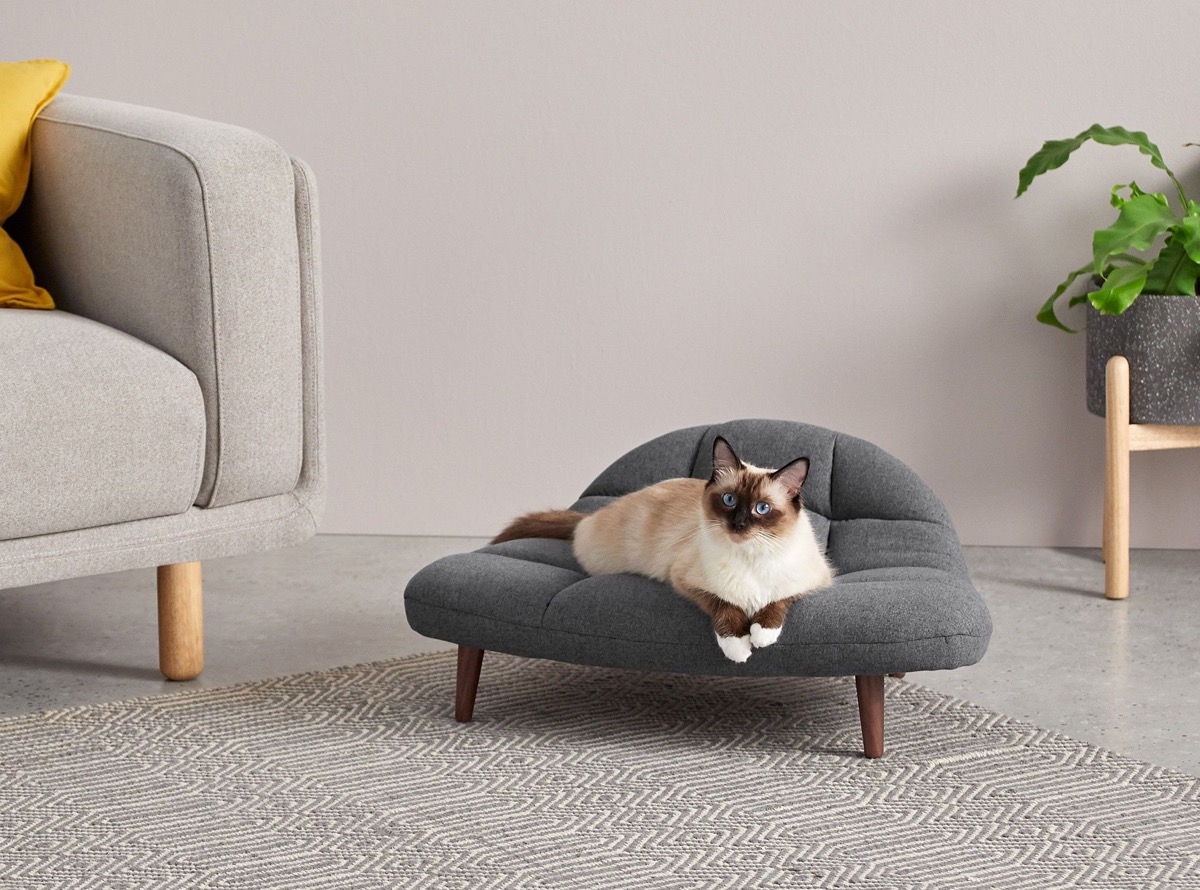
All of us who live with one cat (or more) have to deal with two, let's call, small problems: the hair and the scratches. On the one hand, if the animal has short hair, its fur is embedded in the fabric of the sofa and it seems that there has to be no human way to remove it, and if it is long it can leave a significant amount of fur in the months of more hot.
On the other, the claws they have can destroy furniture. Fortunately, depending on how we take care of the sofa, that little problem will no longer be so difficult to eradicate. Therefore, we are going to explain how to choose the best sofa if you have a cat, and how to keep it like the first day.
How to choose the best sofa?
When you live with at least one cat and you have the need to buy upholstered sofas, you have to choose the one that has a nice upholstery but also as resistant as possible. Let's see the advantages and disadvantages of each type:
- Leather: it has a higher price, but it is very easy to clean simply by wiping it dry.
- Fabric: it is cheaper and there is a great variety of colors, but the hairs are embedded very easily.
Regardless of the type of upholstery chosen, we can practically keep the sofa safe with a fabric suitable for cats. There are two different models:
- Fouscurit: it is a laminated fabric that can be used to cover all types of furniture. It repels stains and can be cleaned with a cloth, thus removing hairs. The only negative is that it does not protect against spiders.
- Courtesan: it is a little less resistant than the first one, but it repels stains. There are some that have Teflon. It is much more comfortable than the Fouscurit.
In either of the two, in the event that the cat decided to scratch it, it would not be seen much. Of course, it is of interest that it does not scratch, so let's see what we can do so that it does not.
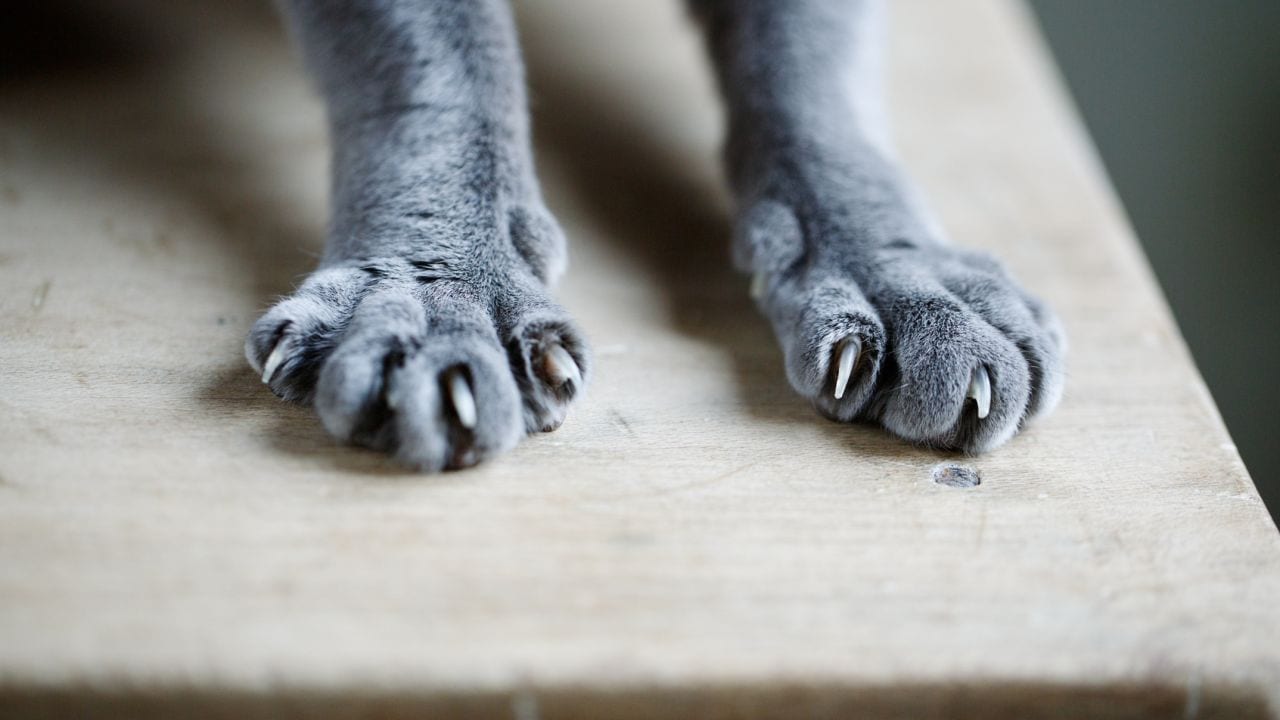
Tips for your cat not to leave a "mark"
The cat ... is what it is. It has hair and claws, and we must love it as it is. But we can do many things to avoid that our furniture ends up destroyed before its time, and it is nothing more than providing the animal with what it needs, that is:
Take care of her hair
Whether it is short or long, every day you have to brush it at least once. During the shedding season, it should be done 2-3 times in order to minimize the risk of hairballs forming as much as possible. In addition, it is important to give it a quality diet, which does not have cereals or by-products, as this will ensure that it has a healthy, strong and shiny coat.
Provide a scraper
Every day what the feline does a lot is to sharpen its nails. And this will do it on the sofas, on the legs of the chairs, or any other unwanted place unless we buy one (or more) scratchers. These They must be placed in the rooms where the family makes more life, since they will be the areas where the feline spends more time.
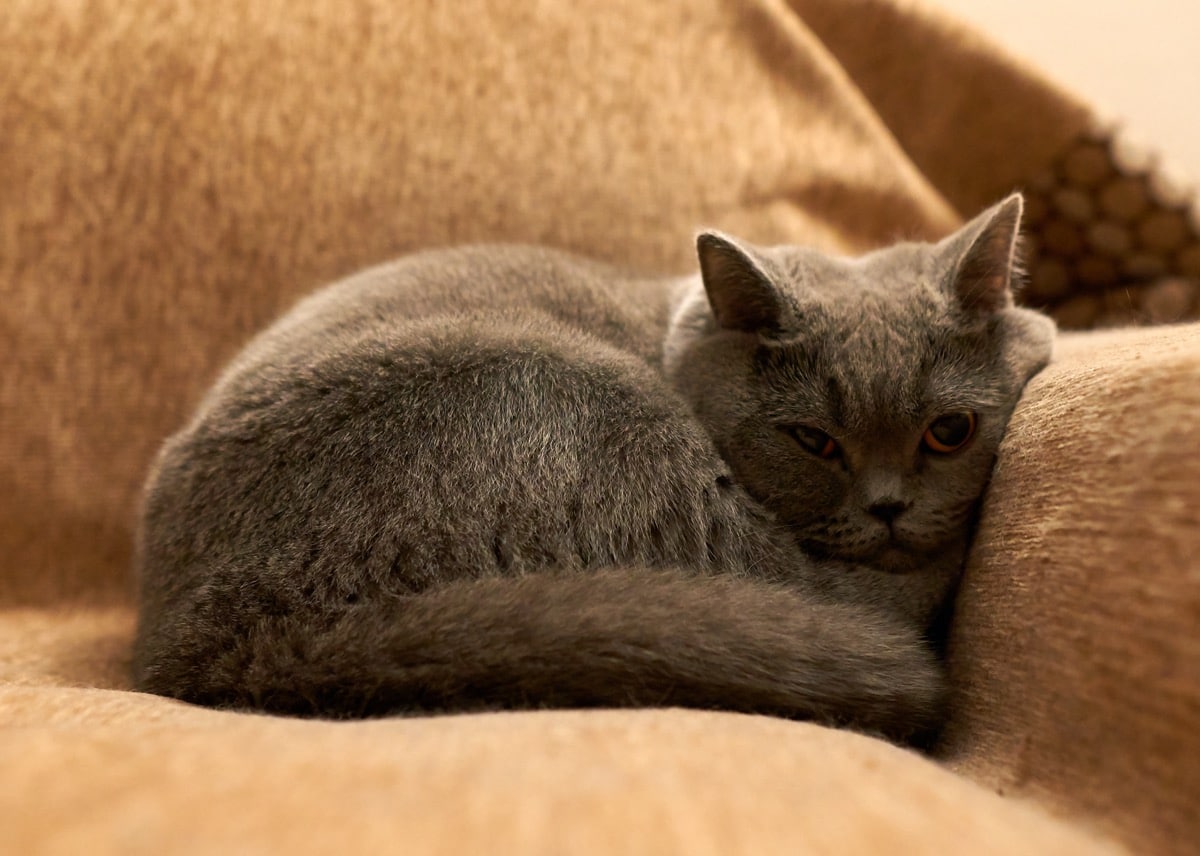
How to keep the sofa in good condition?
In addition to everything that we have discussed so far, it is also very important to take care of the furniture that we have just bought as best as possible so that it will last for many years. Thus, from time to time, preferably once a day or every other day, dirt needs to be removed that we may have left. For this we can use a duster or, even better, a vacuum cleaner
Monthly We will remove -if possible- the fabric of the sofa and we will wash it. This is especially necessary if there is someone with an allergy to feline hair or dander as the remains of cat hair can worsen their symptoms; and also in time of change.
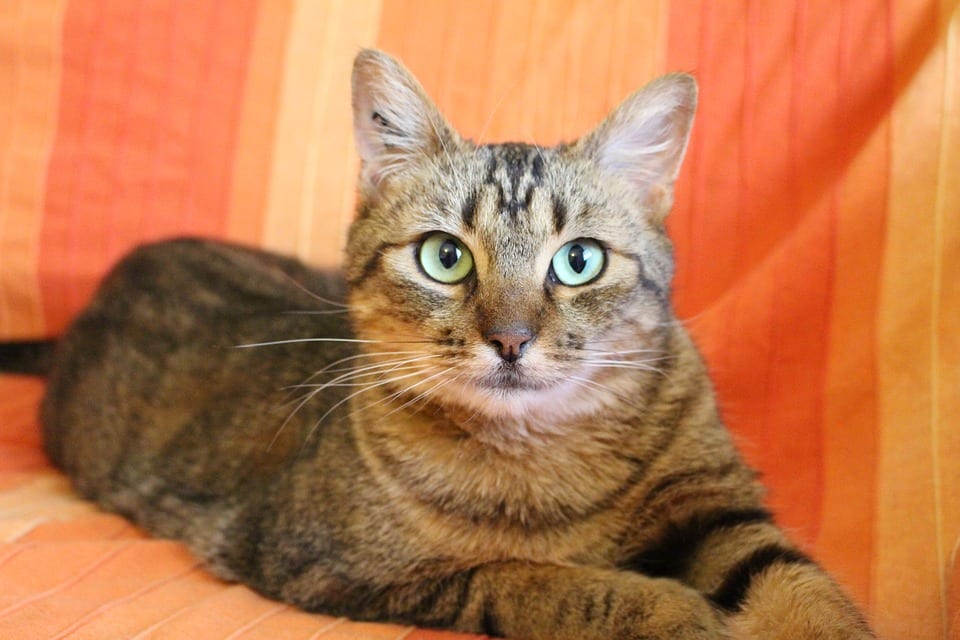
Keys to make your sofa perfect
Below and taking into account all the comments above, we want to give you some more tips so that your sofa is perfect for your family, also taking into account the feline members of your home. Although cats can be independent, it does not mean that they are naughty or that they like to do bad things, they simply get carried away by their instinct, like scratching their nails on your favorite sofa or armchair.
Young cats love to scratch and play, and they don't always make it to the kitty litter ... sometimes they find it more enjoyable to relieve themselves on the comfortable cushion on your sofa. As a result, home furnishings are often damaged. For all this, we are going to give you the keys so that when you buy a sofa or an armchair, you are buying the one that really is perfect for everyone in your home.
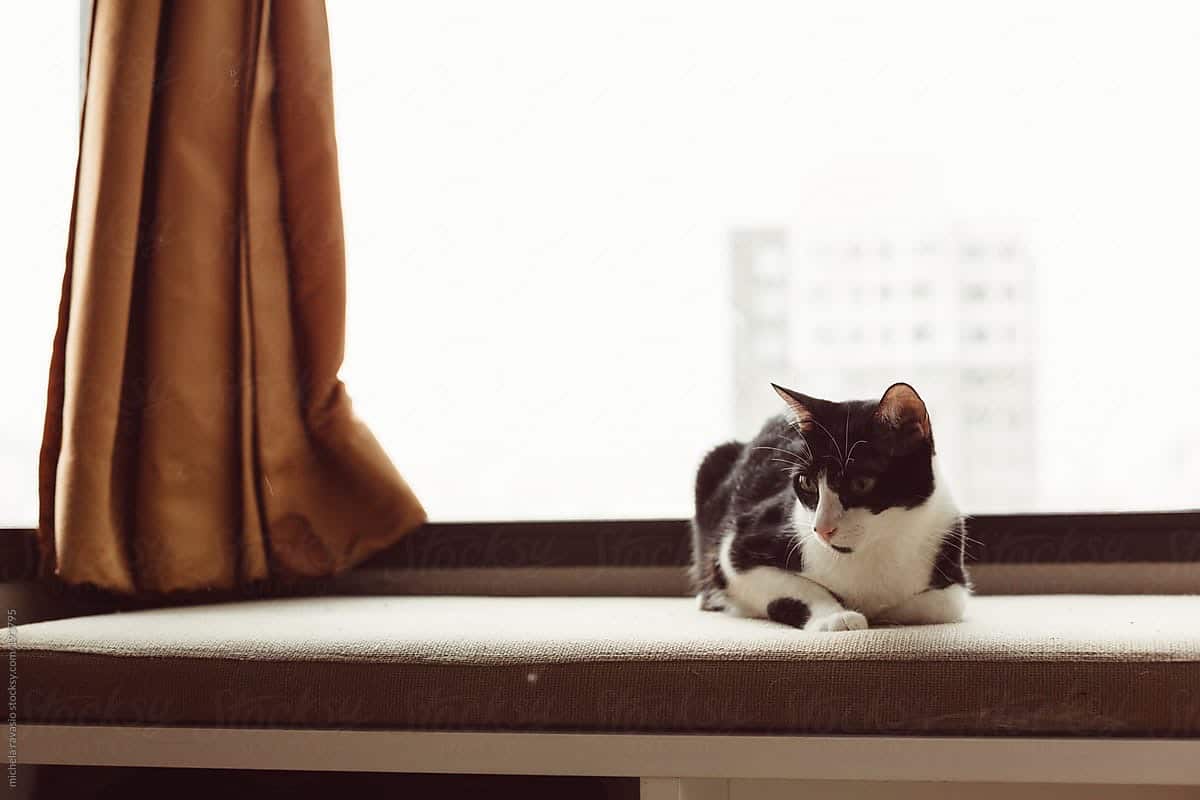
Cat fabric
There are some furniture fabrics that can be much better suited to households with cats. Playing, scratching, shedding and minor accidents can take their toll on chairs and sofas, so it is best to choose items that have stronger fabric fabrics.
Furniture covered with microfiber fabrics tends to be durable and relatively easy to clean. Opt for stain resistant materials whenever possible. Leather and various synthetic alternatives are easy to clean up after accidents have happened, but they don't stand up to the scrapes and scrapes of your little paws with sharp nails.
The ideal is to have a fabric protection on the sofas and armchairs that protects the fabric from stains and is more difficult for bacteria to pass through ... this is ideal because when it is damaged too much, it usually has an acceptable cost and you could buy another to change the one you cat has already deteriorated. It is not the same to buy a protection fabric than a whole sofa!
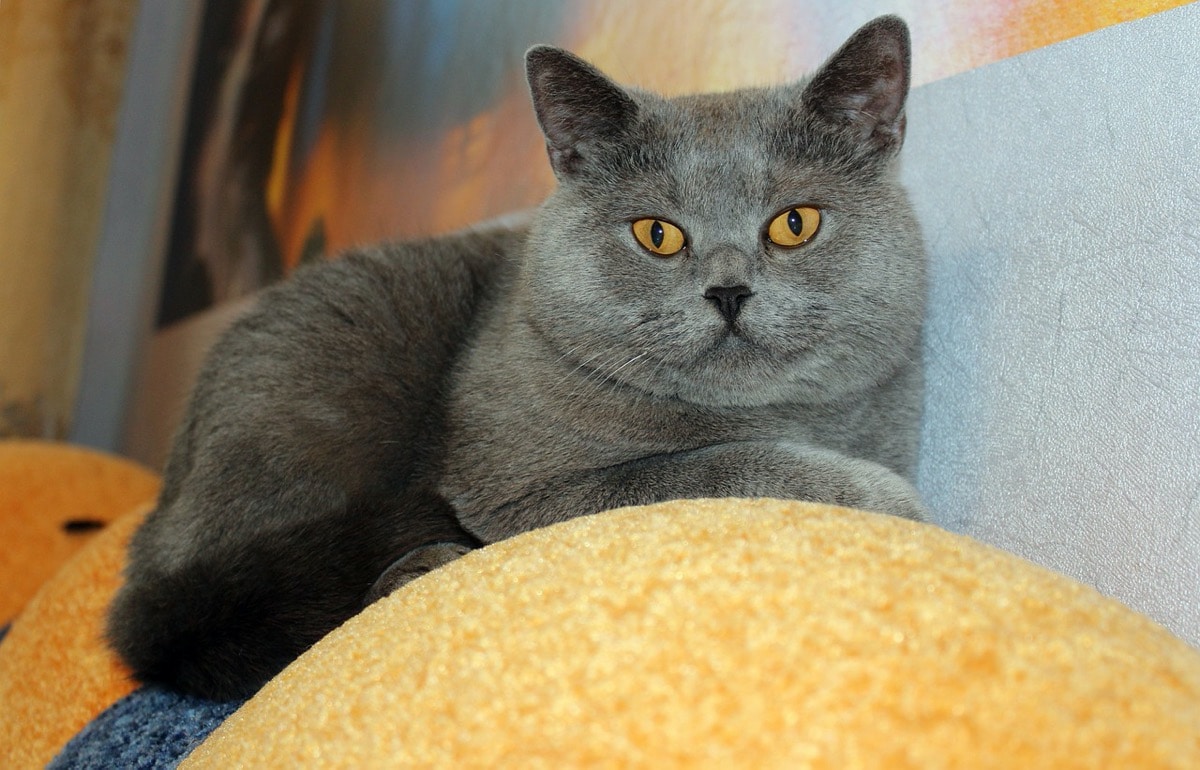
An appropriate color
Despite all your best efforts, your cat will always have little accidents. Not only that, dirty paws are one of the facts of life that all cat owners have to deal with, and if all isn't enough, hairs that fall out may be more noticeable in certain color schemes.
Think about all of these things when choosing the color of your furniture. How prominent will the spots and fur be on the items you are looking at? Buying patterned chairs and sofas is often a good way to mask these problems.
No sharp edges
Cats love to play and explore and can be a bit clumsy at times. This means that the furniture in your home can become dangerous if you don't choose it wisely. Look for items with rounded or padded edges and corners. Of course, there will be times when a piece of furniture presents a risk. Make sure to position these items in a way that minimizes the chances of nasty accidents.
Nothing with wooden legs
Cats are instinctive creatures. Many of the instincts that help them survive in the wild are present in today's domestic cats. One of those instincts is to sharpen your claws. Cats love to dig their little claws into wooden chairs and table legs. They do this to keep them sharp, but also to keep them clean and infection-free.
If your cat does not have a specific scratching post in the house, your furniture will not be an attractive alternative. Your cat may see your furniture as an attractive sharpening tool if there is no scratching post in the house. Buy one and place it near your cat's bed.
However, it is not only the legs that are at risk. Any type of wooden furniture is a potential tool for sharpening a cat's claws. Think about where you will put these items when they are in your home. Hide wooden elements when possible and ask yourself: Is there a way to restrict access to wooden furniture?
Robust and affordable
Cats can be curious and precocious, especially when they are young. They will play with your furniture and cause some damage. You will simply have to get over it. Don't buy delicate or fragile furniture, and don't spend a fortuneOtherwise, you will always worry about damage and breakage.
Cats can be tough on home furnishings. Make your life easier by choosing the right items made with the most suitable materials. Take the time to select chairs, sofas and everyday furniture that are conducive to life with cats, and you will save yourself a lot of stress and worry.
We hope these tips are useful to you ? .
My cat does not scratch much but climbs nailing her nails. Now that you have nails you take them out all the time, should you cut them?
Hello Mariela.
Yes, you can cut them off, but I highly recommend that you "teach" him where he can scratch and where he can't, as cats need their claws to climb, pick up things, and so on. Here we explain how to teach him to use the scraper, and here not to scratch.
If you have any questions, ask 🙂.
A greeting.